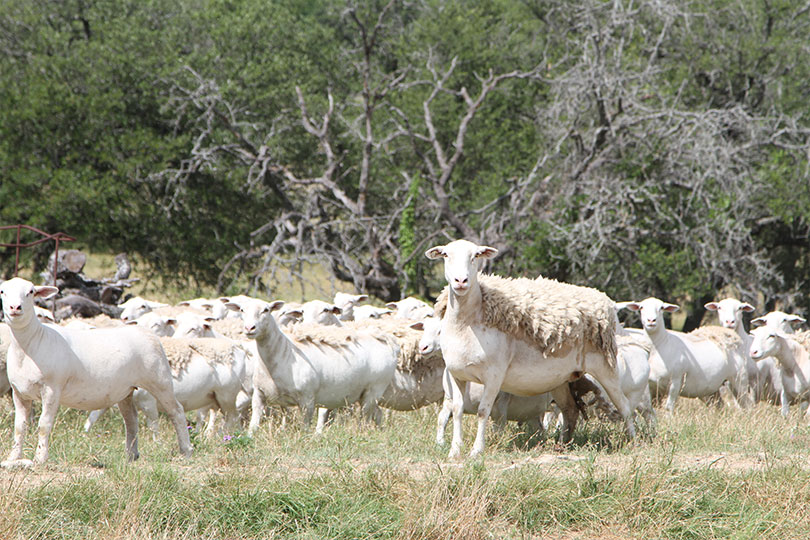On-farm practices are significant factors in what consumers think about the taste of lamb, according to the American Lamb Checkoff.
Lamb quality and on-farm practices were covered in-depth during the American Lamb Summit held in August.
Multiple sessions discussed improving flocks through genetic selection. Dr. Tom Murphy, a research geneticist at the U.S. Meat Animal Research Center, advised producers to start by selecting the right terminal sires.
“U.S. sheep producers need to improve reproductive efficiency and carcass characteristics to be competitive in red meat production. We need to move beyond visual appraisal as our sole means of evaluating breeding stock,” Murphy said.
He discussed three strategies: marker-assisted selection, accurate identification of genetic superiority and purposeful crossbreeding.
Marker-assisted selection means selecting anails that have a single gene variant that should deliver large impacts.
Sheep producers can accurately identify genetic superiority using the National Sheep Improvement Program (NSIP) estimated breeding values (EBV).
Murphy emphasized that EBVs will be a more accurate indicator of genetic merit than only considering an individual’s performance, and they will become more accurate with the inclusion of more flocks.
“Producers selling seedstock should be in NSIP. Commercial producers don’t need to be members, but it should be standard practice to buy replacement rams (and ewes) with the aid of EBVs,” Murphy said.
Crossbreeding can help producers improve performance and meat quality by aligning complementary breed characteristics and taking advantage of heterosis.
“It is perhaps more important to select genetically superior individuals by using EBVs instead of choosing a breed than looking at animals only within that breed,” Murphy said.
Michigan State University’s Dr. Andrea Garmyn discussed the importance of genetics on red meat yield, which has been a focus in Australia and New Zealand for years. She noted that as animals age, connective tissue gets stronger and does not break down with cooking.
Rapid growth rate promotes production of new collagen that breaks down easily with cooking, while a slower growth rate makes connective tissue that is harder to break down during cooking.
Garmyn pointed to research linking marbling to improved eating quality. Since marbling is not assessed as a part of USDA grading, there is a major challenge within the lamb industry.
Most lamb is aged about five days, but aging carcasses longer allows tenderness to continue to improve at a slower rate. Research has found that aging lamb 21 days improved overall liking by consumers.
Presentation slides can be downloaded from LambResourceCenter.com.
#

